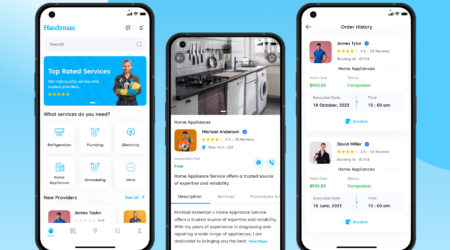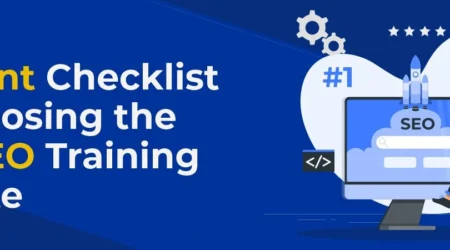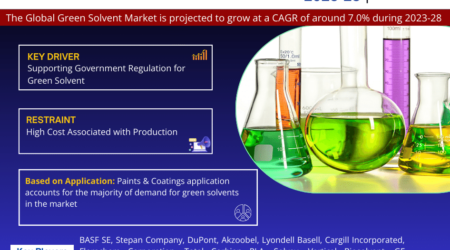Full Stack Developer Course in Chandigarh
Full Stack Developer Course in Chandigarh
Chandigarh, a city celebrated for its innovation and growth in the IT sector, provides a remarkable opportunity for aspiring developers to master the field of full stack development. Specialized courses in full stack development are meticulously designed to equip students with the comprehensive skill set required to excel in both front-end and back-end technologies. This article explores the importance of Full stack developer training in Chandigarh, the primary responsibilities of full stack developers, the different types of full stack development, steps to becoming a full stack developer, and concludes with insights into the career prospects in this exciting field.
Introduction to Full Stack Developer Courses
A full stack developer is a versatile professional proficient in both front-end (client-side) and back-end (server-side) development. In Chandigarh, full stack developer courses are crafted to provide students with a deep understanding of web development architecture, database management, server-side scripting, and user interface design. These courses cater to individuals who aspire to become well-rounded developers capable of handling every aspect of web and software development.
What Are Full Stack Developers?
Full stack developers are skilled in both front-end and back-end technologies, allowing them to manage the complete development process of web applications. Their expertise typically includes:
- Front-end Development: Creating responsive and interactive user interfaces using HTML, CSS, and JavaScript frameworks such as React.js, Angular, or Vue.js.
- Back-end Development: Building robust server-side applications, managing databases, and developing APIs using languages like JavaScript (Node.js), Python (Django), Ruby (Rails), PHP (Laravel), or Java (Spring).
Responsibilities of a Full Stack Developer
Full stack developers are tasked with a wide range of responsibilities, including:
- Project Architecture: Designing and implementing the overall structure of web applications to ensure performance and scalability.
- Database Management: Developing and optimizing database schemas, writing complex queries, and maintaining data security and integrity.
- User Experience (UX) Design: Collaborating with UI/UX designers to create seamless and engaging user experiences.
- Deployment and Maintenance: Deploying applications on cloud platforms such as AWS, Azure, or Google Cloud, and ensuring continuous monitoring and maintenance.
Types of Full Stack Development
Full stack development can be categorized into several types based on the technology stack:
- MEAN Stack: Comprises MongoDB (NoSQL database), Express.js (back-end framework), Angular (front-end framework), and Node.js (JavaScript runtime environment).
- MERN Stack: Involves MongoDB (NoSQL database), Express.js (back-end framework), React.js (front-end library), and Node.js (JavaScript runtime environment).
- LAMP Stack: Consists of Linux (operating system), Apache (web server), MySQL (relational database management system), and PHP (server-side scripting language).
Each stack offers unique advantages and is selected based on project requirements, scalability needs, and developer preferences.
How to Learn Full Stack Development?
Learning full stack development requires a structured approach and ongoing dedication:
- Foundation in Web Technologies: Start by mastering HTML, CSS, and JavaScript to build a strong foundation in front-end development.
- Back-end Development: Choose a programming language (e.g., JavaScript with Node.js, Python with Django) and learn server-side scripting, database management, and API integration.
- Frameworks and Libraries: Gain proficiency in popular frameworks and libraries such as React.js, Angular, Express.js, Flask, or Spring Boot for efficient development.
- Database Management: Develop expertise in SQL (Structured Query Language) for relational databases and NoSQL databases like MongoDB for scalable data solutions.
- Version Control and Deployment: Learn Git for version control and deploy applications using cloud services like AWS, Azure, or Google Cloud Platform.
- Continuous Learning: Stay updated with industry trends, participate in coding communities, and work on real-world projects to refine your skills and build a robust portfolio.
Conclusion
Enrolling in a Full stack developer course in Chandigarh is a strategic step towards a dynamic and rewarding career in the tech industry. These courses provide a balanced mix of theoretical knowledge and practical experience, fostering problem-solving abilities, creativity, and adaptability essential for thriving in the fast-paced world of web development.
By pursuing a full stack developer course that aligns with your career goals and learning objectives, you unlock a wealth of opportunities in software development, entrepreneurship, and technological innovation. Chandigarh’s vibrant tech ecosystem and specialized training programs empower you to become a versatile full stack developer, contributing to the creation of cutting-edge web applications and digital solutions.
Embark on your journey to becoming a proficient full stack developer, leverage your skills to craft impactful software solutions, and step into a career where innovation meets technology. Chandigarh’s full stack developer courses are your gateway to a fulfilling professional future, where every line of code you write has the potential to shape the digital landscape.










Leave a Reply